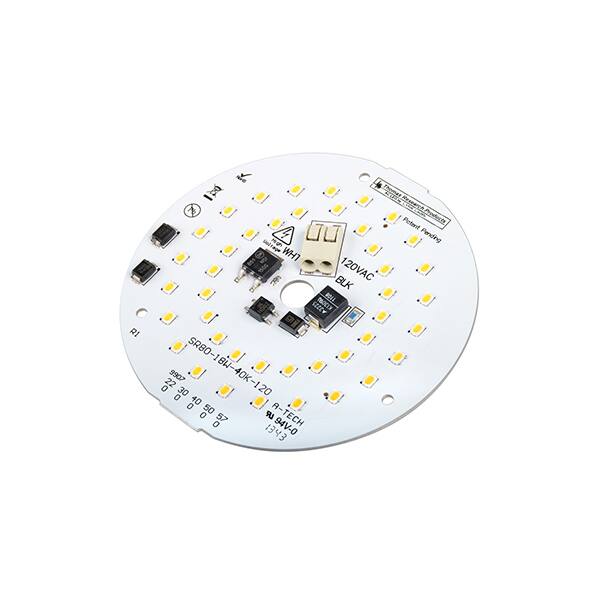SH Series, LED COBs, Engines, Modules, Strips
Results:
1
Manufacturer
Series
Storage/Refrigeration Temperature
Color
Panel Hole Size
Material
Mounting Type
Material Flammability Rating
Type Attributes
Type
Length
Shelf Life Start
Height
Features
Shelf Life
Width
Adhesive
Material Thickness
Opening Size
Results remaining:1
Applied Filters:
SH
About LED COBs, Engines, Modules, Strips
When it comes to large-scale LED lighting, a range of components such as COB (chip on board), engine, module, or strip are often required. COB lighting involves bundling multiple LED die onto a single substrate, leading to a significantly smaller form factor than traditional array SMD LEDs. LED engines, on the other hand, are a ready-to-use light source that combines SMD LEDs with resistors. This makes them easy to use and install, without requiring additional components. LED modules, similar to COBs, use tiny LED diodes, but they are still individually visible unlike in COBs. These modules come in various color options, CCT values, lumens, current, and voltage options. They are available in different configurations such as strips, flexible strips, rectangles, discs, and starboards. These components offer a range of benefits, including high efficiency, low power consumption, and long lifespan. They are also highly customizable, allowing for precise control over light output and color temperature. In summary, COB, engine, module, and strip are essential components for large-scale LED lighting applications. They offer a compact form factor, high efficiency, and flexibility in terms of color temperature, lumens, and voltage options. Overall, these components play a vital role in driving innovation and advancing the field of LED lighting.

